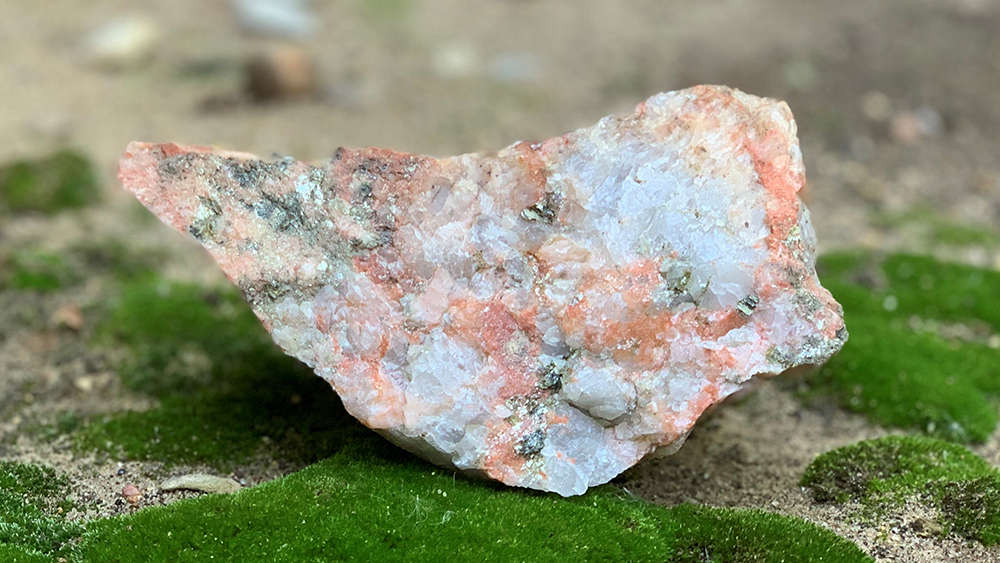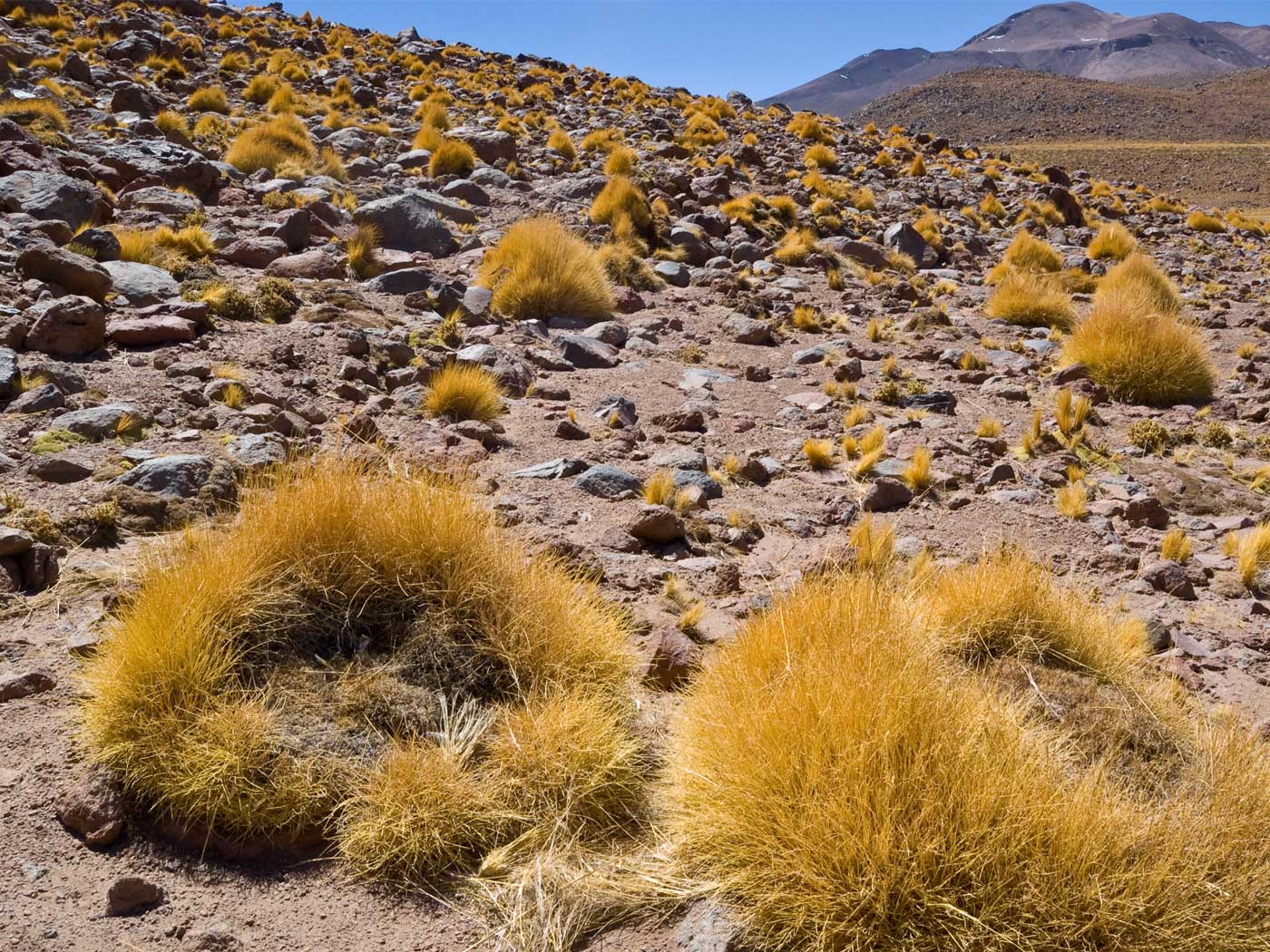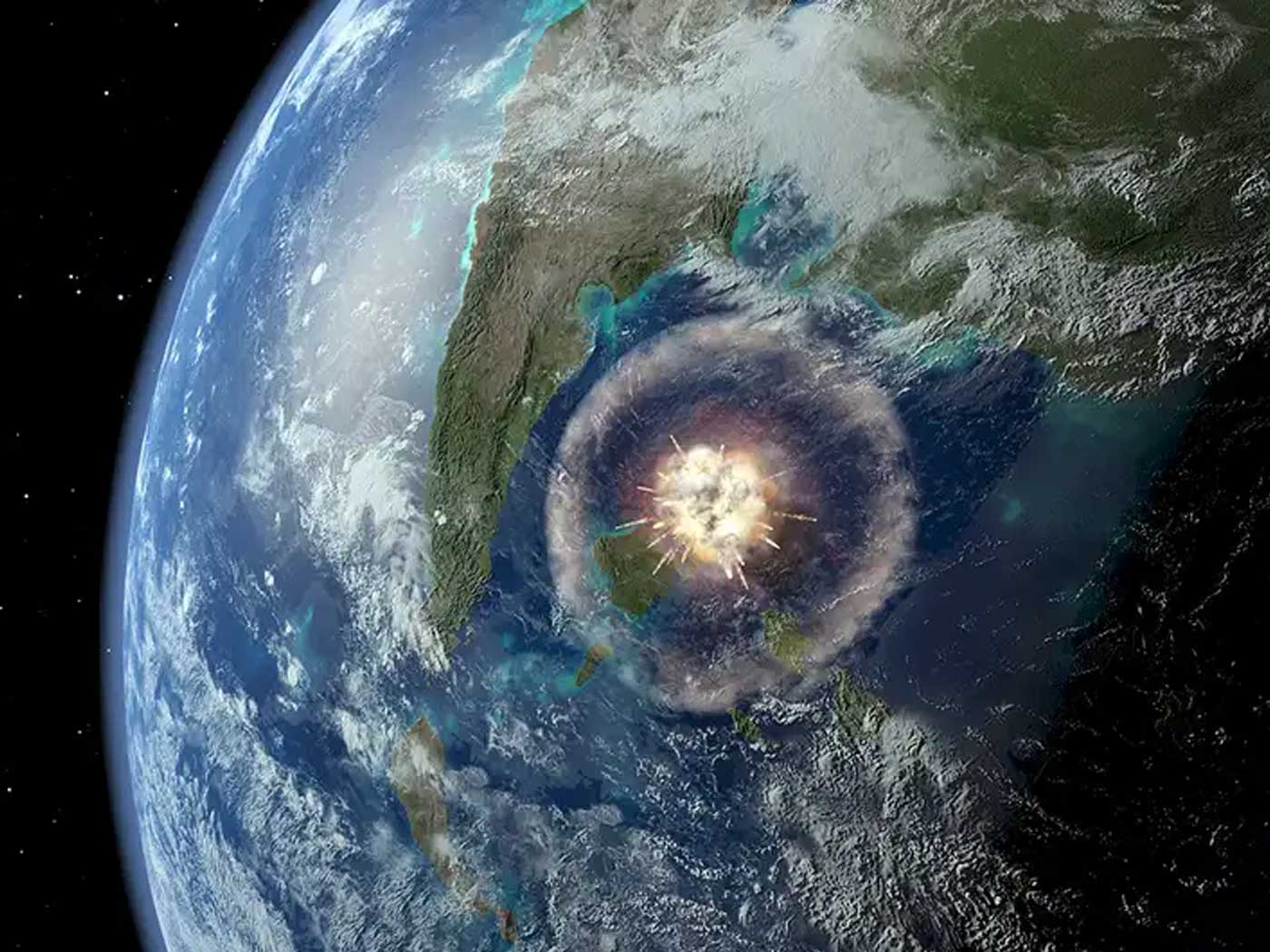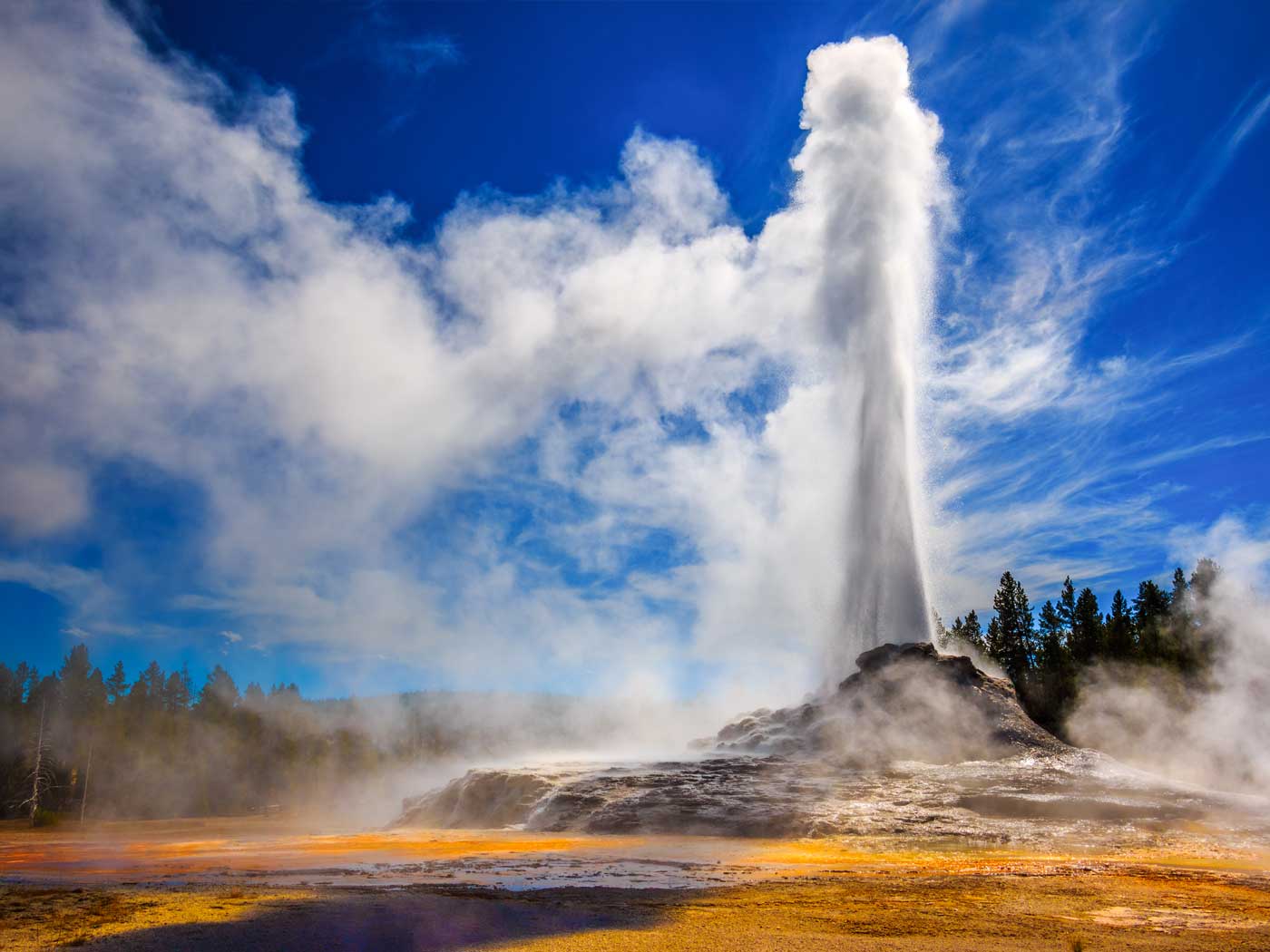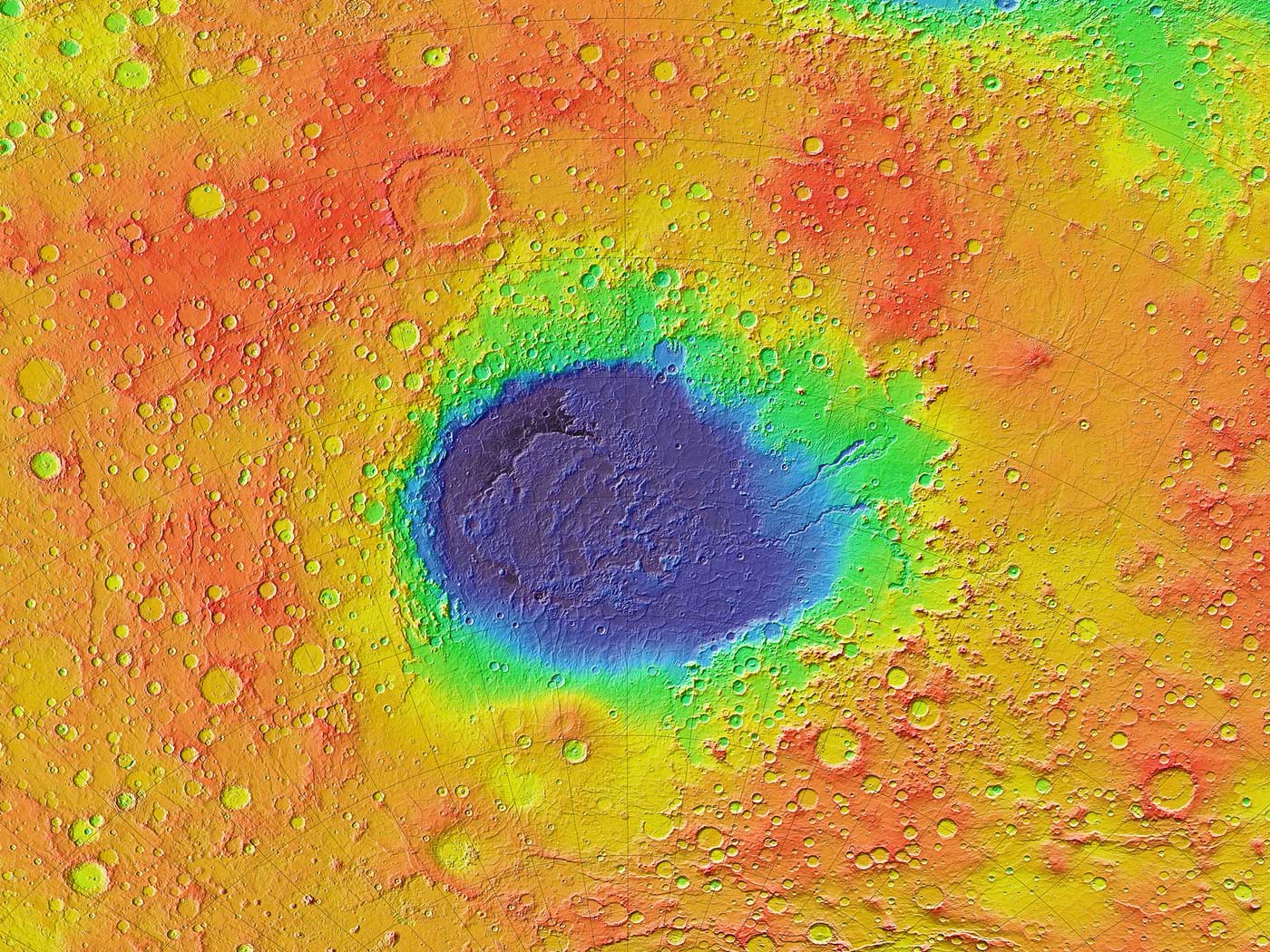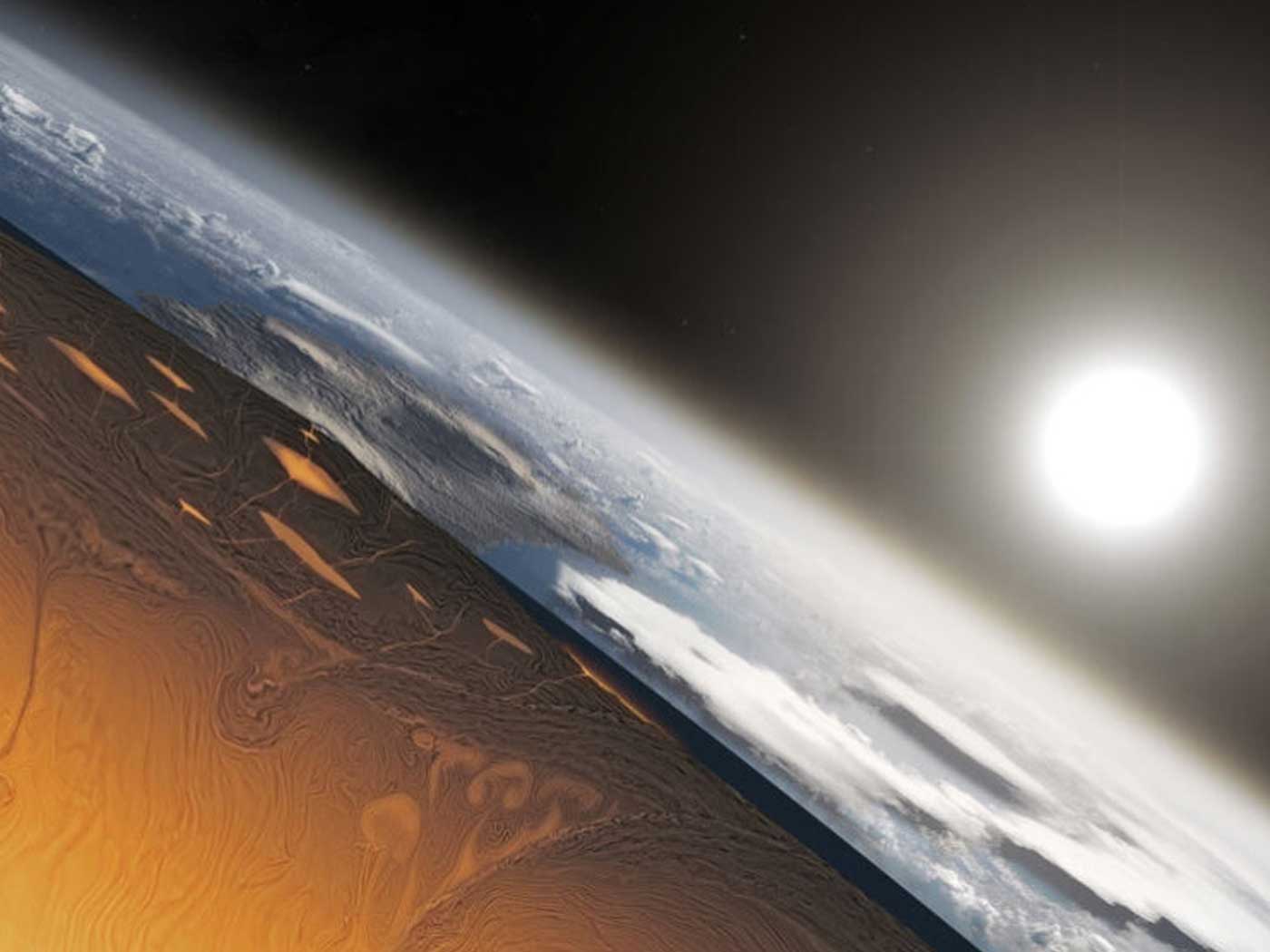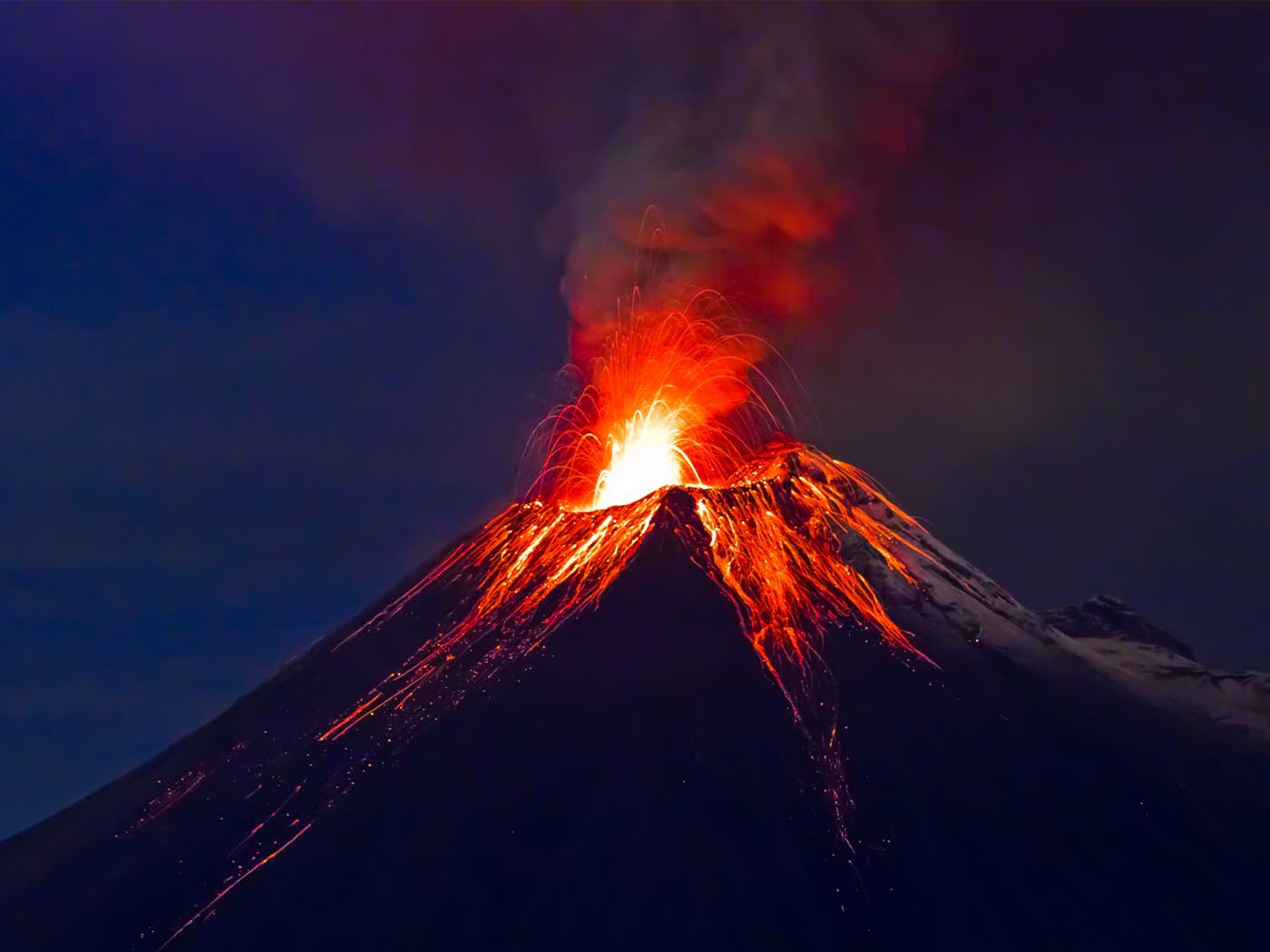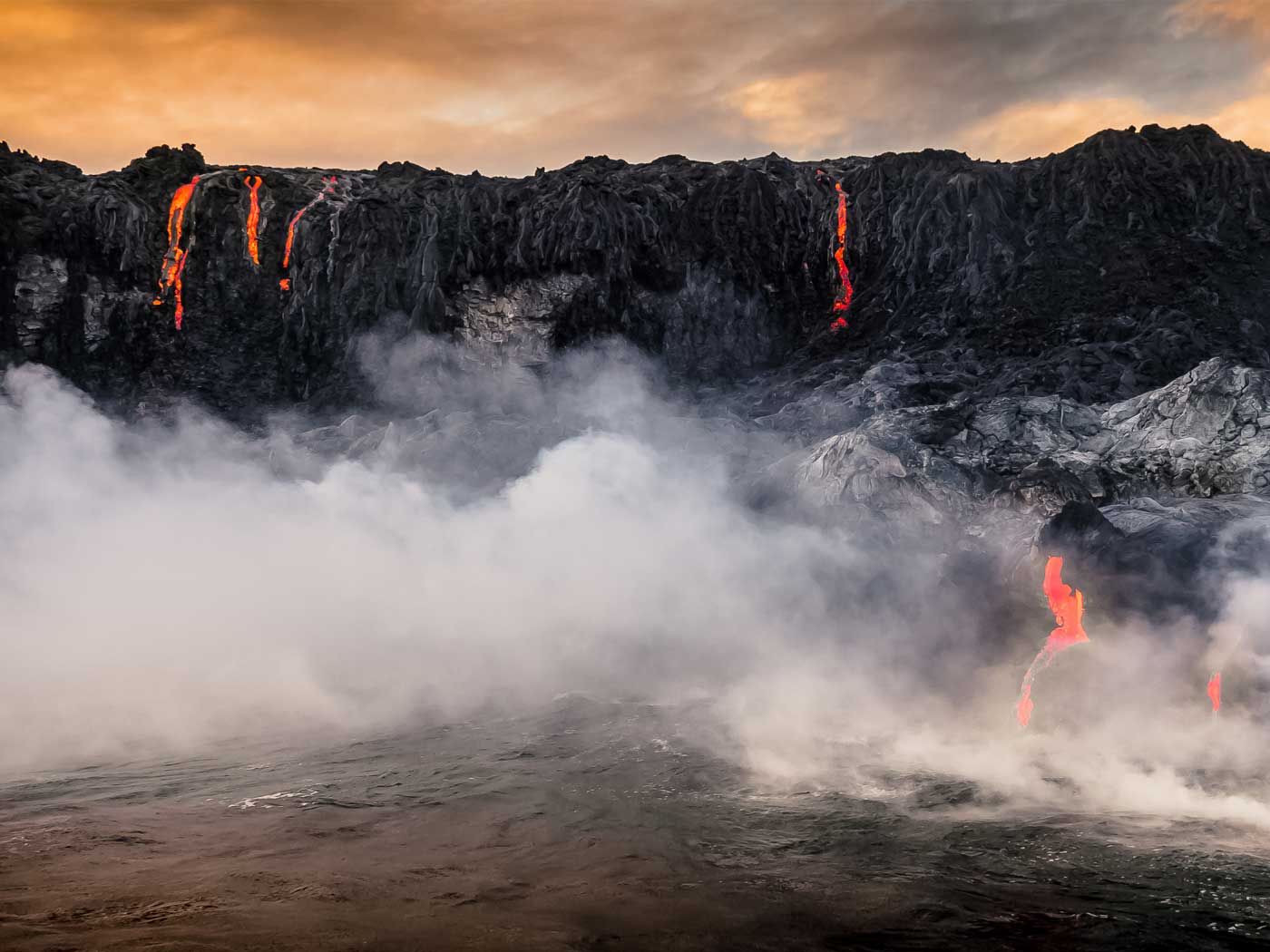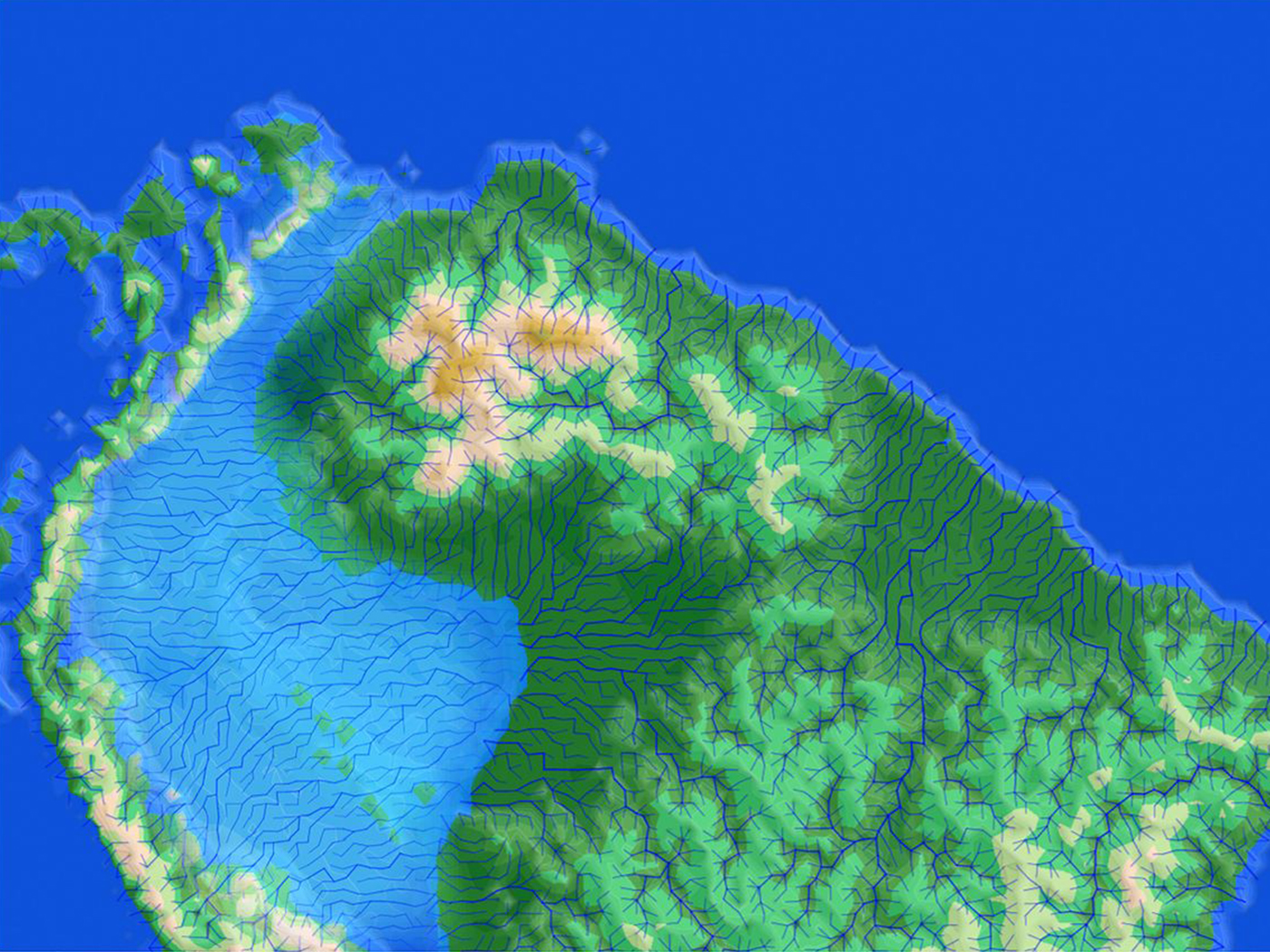Geology students are taught that large-crystal igneous rocks called pegmatites1 take vast amounts of time, even millions of years, to solidify and cool. Secular geologists reason that the minerals need a lot of time to nucleate and grow—bigger minerals need big amounts of time, similar to plant growth.
But a new study published in Nature Communications demonstrated that large crystals in pegmatites can grow to massive sizes in just a few days.2 Scientists from Rice University and University of California, Riverside examined trace element concentrations in the Stewart pegmatite in southern California. What they found shocked them: The trace element distribution in the crystals was best explained by accelerated crystal growth. They may have grown to meter-size (three feet) in just a few days.2 Co-author Cin-Ty Lee, a Rice University geology professor, stated in a UPI report on the study:
Pegmatites cool relatively quickly, sometimes in just a few years, and yet they feature some of the largest crystals on Earth….The big question is, really, “How can that be?”3
Lead author Patrick Phelps, a graduate student at Rice, added:
We examined crystals that were half an inch wide and over an inch long….We showed those grew in a matter of hours, and there is nothing to suggest the physics would be different in larger crystals that measure a meter or more in length. Based on what we found, larger crystals like that could grow in a matter of days….We’d done the math and the physics. That part was sound. While we didn’t expect it to be that fast, we couldn’t come up with a reason why it wasn’t plausible.3
In fact, this rate was nearly unbelievable and totally unexpected, defying conventional thought. It was several orders of magnitude faster than what had previously been taught in the classroom for decades.3
But should rapid cooling and rapid crystal growth be a surprise? It wasn’t too long ago that secular scientists found that magmas (molten material) can ascend through the crust at much faster rates than expected. These rates were also surprising to deep-time thinkers.
In fact, the rapid ascent of magmas was found to be much more common than geologists once believed.4,5 Terry Plank and Philipp Ruprecht determined that the magma beneath Costa Rica’s Irazú Volcano rose roughly 35 km (22 miles) in just months, or at most a few years.5 They also found that some magmas can ascend 10 km (6.2 miles) in just 10 minutes. That’s nearly three times faster than a human can run a 10 km race!
What is so shocking to the uniformitarian scientific world is the speed of these events. Geology students worldwide are taught that magmas take millions of years to ascend to the surface and many more millions to cool and crystallize. Pegmatites were thought to be the slowest-growing crystals of all because of their massive size. Taking away the assumed deep time for these crystals to form takes away the uniformitarian argument that the formation of igneous rocks requires a lot of time.
Instead, secular science is finding that minerals grow and magmas move at rates predicted by Flood geologists. Pegmatite crystals and solidified granites could have easily formed in the past 4,400 years since the upheaval of the biblical Flood. No fabricated concept of deep time is necessary—not millions or even tens of thousands of years.
Science is confirming the time frame of the Bible. Even fast-growing crystals testify to the recent Genesis Flood.
Stage image: A sample of Republic granite from Dr. Tim Clarey's personal collection from the Upper Peninsula of Michigan.
Stage image credit: Michael Hansen/ICR. Copyright © 2020.
References
1. Pegmatite is a descriptive term for an igneous rock with crystals averaging larger than about a half-inch long. Some pegmatite crystals can even exceed several feet in length.
2. Phelps, P. R., C.-T. A. Lee, and D. M. Morton. 2020. Episodes of fast crystal growth in pegmatites. Nature Communications. 11: 4986.
3. Hays, B. Earth grows large crystals, rare elements in just minutes. UPI Science News. Posted on upi.com October 7, 2020, accessed October 15, 2020.
4. Clarey, T. Express-Lane Magma Indicates Young Earth. Creation Science Update. Posted on ICR.org September 13, 2013.
5. Rosen, J. 2016. Crystal clocks. Science. 354 (6314): 822-825.
*Dr. Clarey is Research Associate at the Institute for Creation Research and earned his doctorate in geology from Western Michigan University.




